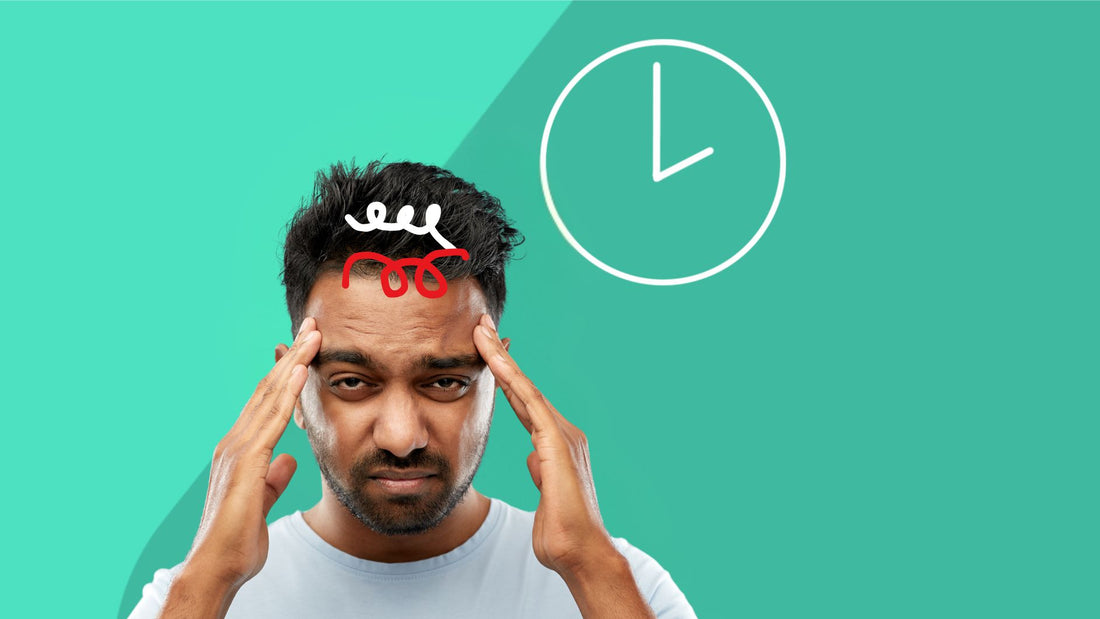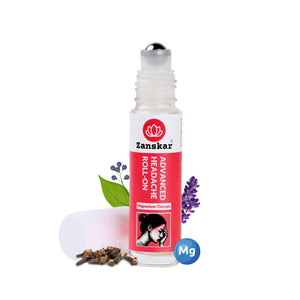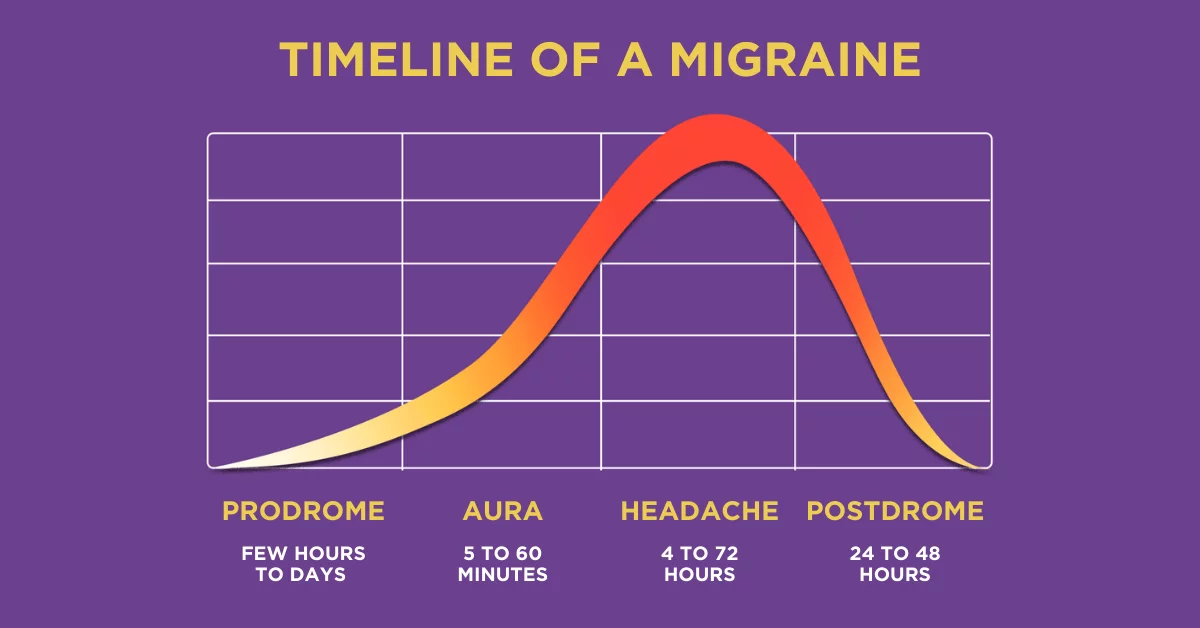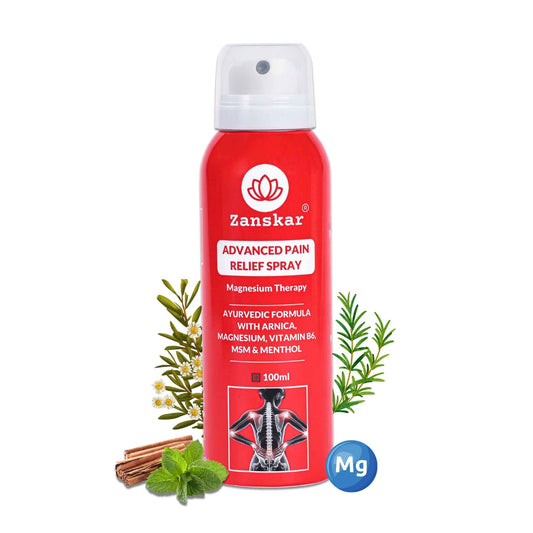
How Long Do Migraine Attacks Last and What to Expect

Migraines are more than just headaches—they are complex neurological events that can significantly affect daily life. One of the most common questions people ask is: How long does a migraine attack last?
The answer depends on several factors, including the type of migraine, triggers, and individual health. Let’s break it down.
The Four Phases of a Migraine
Migraines often progress through four distinct phases. Not everyone experiences every phase, but understanding them can help you anticipate and manage symptoms.
1. Prodrome (Pre-Headache Stage)
-
- Duration: A few hours to up to 2 days
- Early warning signs: mood changes, fatigue, food cravings, yawning, neck stiffness.
2. Aura (in some patients)
-
- Duration: 5 to 60 minutes
- Symptoms: visual disturbances (flashing lights, blind spots), tingling, difficulty speaking. Not all migraine sufferers experience aura.
3. Headache (Attack Stage)
-
- Duration: 4 to 72 hours (if untreated)
- Symptoms: throbbing or pulsating head pain, sensitivity to light and sound, nausea, vomiting, dizziness.
4. Postdrome (Recovery Stage)
-
- Duration: Several hours to up to a day
- Symptoms: fatigue, brain fog, difficulty concentrating, mood changes.

Typical Duration of Migraine Attacks
- Average length: Most migraine headaches last 4–72 hours without treatment.
- With effective treatment: Attacks can be shortened to a few hours.
- Chronic migraine: Defined as experiencing headaches on 15 or more days per month for over three months, with migraine features on at least 8 of those days. These may feel like they never fully go away.
What to Expect During an Attack
- First few hours: Pain may start mild but often escalates quickly.
- Peak intensity: Pain is usually most severe within the first 12–24 hours.
- Resolution: Pain may gradually lessen, but exhaustion and sensitivity can linger even after the headache stops.
Factors That Influence Duration
- Triggers: Stress, hormonal changes, dehydration, lack of sleep, or dietary triggers.
- Treatment: Early use of medications or natural remedies (like magnesium, lavender oil, or cold compresses) can shorten duration.
- Individual differences: Some people recover quickly, while others feel unwell for days.
When to See a Doctor
- Migraines that last longer than 72 hours (status migrainosus).
- New or unusually severe headaches.
- Headaches with symptoms like fever, confusion, weakness, or vision loss.
Home remedies
Sometimes, changing your environment may be enough to relieve the bulk of your symptoms. If you can, seek solace in a quiet room with minimal lighting. Use lamps instead of overhead lighting, and draw the blinds or curtains to block sunlight.
The light from your phone, computer, TV, and other electronic screens may exacerbate your symptoms, so limiting your screen time may help.
Massaging your forehead and temples also provides relief. Consider using Zanskar Migraine roll-on with Magnesium and Camphor which helps arrest migraines.
It can also help to track, identify, and avoid common triggers for your symptoms.
Final Thoughts
- Migraine episodes can range from 4 to 72 hours in adults, with children often experiencing shorter durations.
- Migraine can manifest in four distinct phases: prodrome, aura, headache, and postdrome, though not everyone experiences all phases.
- Home remedies and OTC medications can provide relief, and consulting a doctor is advised for persistent or severe symptoms.
Pro Tip
Learn More About Us
If you have joint pain, muscle pain or headaches that makes it hard to move, Zanskar offers the most advanced full stack pain relief solutions for you.
Now available to purchase, Zanskar® pain-care range have unique bio-active formulations. It provides lasting relief from muscle and joint discomfort that you can feel good about. Get your fix before stocks run out - buy now.
You can also gain access to therapeutic exercises and stretches for your condition by downloading the Zanskar Health physiotherapy mobile app. Additionally, you’ll have a personal care team to guide, support, and tailor our program to you, including behavioral and nutritional coaching.
Download our mobile app here 👉 download and track your exercise streak.
Medical Review: This article is written and medically reviewed by Dr Nishtha Mittal (Senior Health Content Editor at Zanskar Health). This article and its contents are provided for educational and informational purposes only and do not constitute medical advice or professional services specific to you or your medical condition.







